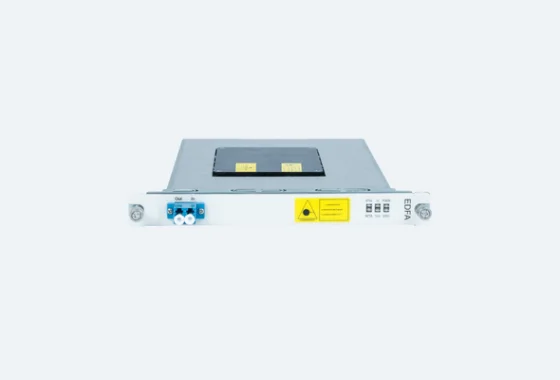In the ever-evolving landscape of mobile technology, Samsung has established itself as a formidable player, particularly with its Galaxy lineup. Among the most popular offerings are the Galaxy A and S series smartphones. While both series cater to a diverse audience, they serve different purposes and target distinct market segments. This article delves into the nuanced differences between the Samsung A and S series, providing insights that can help consumers make informed decisions.
- Target Audience and Market Positioning
The Samsung Galaxy A series is primarily designed for budget-conscious consumers who seek reliable performance without breaking the bank. These devices typically offer a balanced mix of features and affordability, making them ideal for students, first-time smartphone users, or anyone looking for a dependable daily driver.
In contrast, the Galaxy S series is aimed at premium users who demand cutting-edge technology, superior performance, and advanced features. These flagship devices are often equipped with the latest innovations, catering to tech enthusiasts, professionals, and anyone who desires a top-tier smartphone experience.
- Design and Build Quality
When it comes to design, the Galaxy S series often showcases a more premium aesthetic. With materials like glass and metal, S series devices exude a sense of luxury and sophistication. Features such as curved displays and high-resolution screens are common, enhancing both the visual appeal and user experience.
On the other hand, the Galaxy A series, while still stylish, tends to utilize more cost-effective materials such as plastic. This doesn’t mean that A series phones lack design flair; they often come in vibrant colors and modern designs, appealing to a younger demographic. However, the overall build quality may not match the premium feel of the S series.
- Performance and Specifications
One of the most significant differences lies in performance. The Galaxy S series is equipped with the latest processors, often featuring the most advanced chipsets available at the time of release. This results in superior performance, especially in demanding tasks such as gaming, video editing, and multitasking. Additionally, S series devices typically come with higher RAM options, further enhancing their capability to handle intensive applications.
In contrast, the Galaxy A series, while still offering decent performance, generally features mid-range processors. These devices are well-suited for everyday tasks such as browsing, social media, and light gaming, but may struggle with more demanding applications. The RAM and storage options are also more limited compared to their S series counterparts.
- Camera Capabilities
Camera technology is another area where the differences between the A and S series become apparent. The Galaxy S series often boasts advanced camera systems, including multiple lenses, higher megapixel counts, and features like optical zoom and superior low-light performance. These devices are designed for photography enthusiasts who want to capture high-quality images and videos.
The Galaxy A series, while still offering competent camera systems, typically features fewer lenses and lower megapixel counts. However, many A series models come equipped with solid camera capabilities that are more than adequate for casual photography and social media sharing.
- Software and Features
Both the A and S series run on Samsung's One UI, which is built on the Android operating system. However, the S series often receives software updates and new features ahead of the A series, reflecting its status as a flagship line. Additionally, S series devices may include exclusive features such as enhanced security options, advanced display technologies, and premium audio experiences.
- Battery Life and Charging
Battery life is a crucial consideration for many users. The Galaxy A series often comes with larger battery capacities, which can translate to longer usage times, especially for users who prioritize battery longevity over performance. However, the S series, while having slightly smaller batteries, compensates with more efficient processors and advanced power management features.
Charging technology also varies, with the S series typically supporting faster charging speeds and wireless charging capabilities. This can be a significant advantage for users who are always on the go and require quick power-ups.
Conclusion: Choosing the Right Series for You
In summary, the choice between the Samsung Galaxy A and S series ultimately depends on individual needs and preferences. If you are looking for a budget-friendly device that offers solid performance for everyday tasks, the Galaxy A series is an excellent choice. However, if you desire the latest technology, superior performance, and advanced features, the Galaxy S series is worth the investment.



